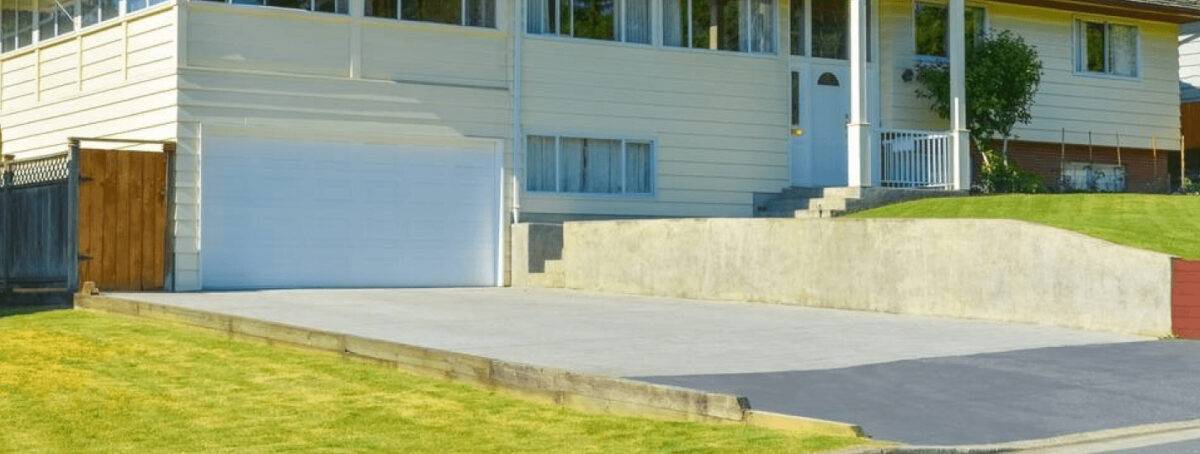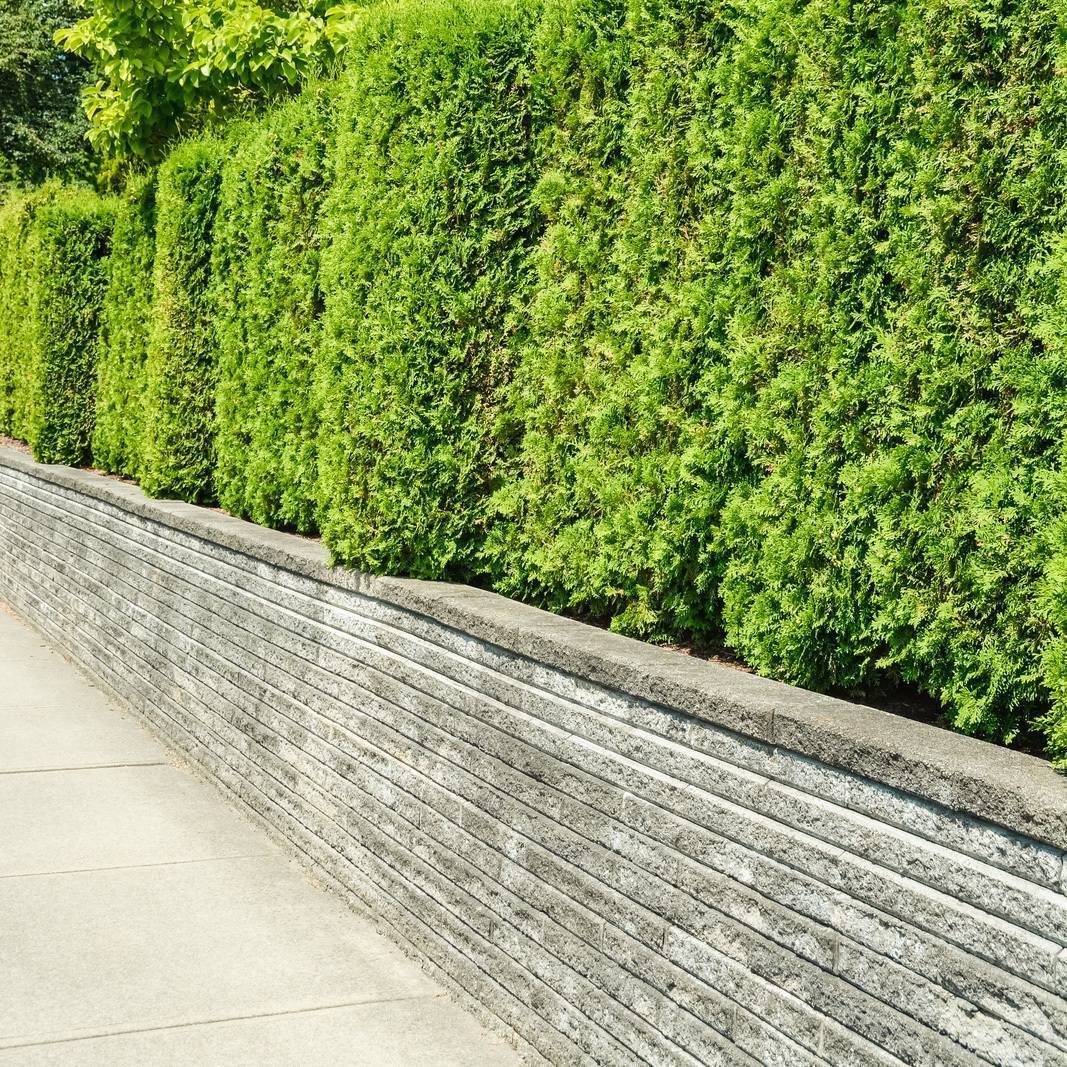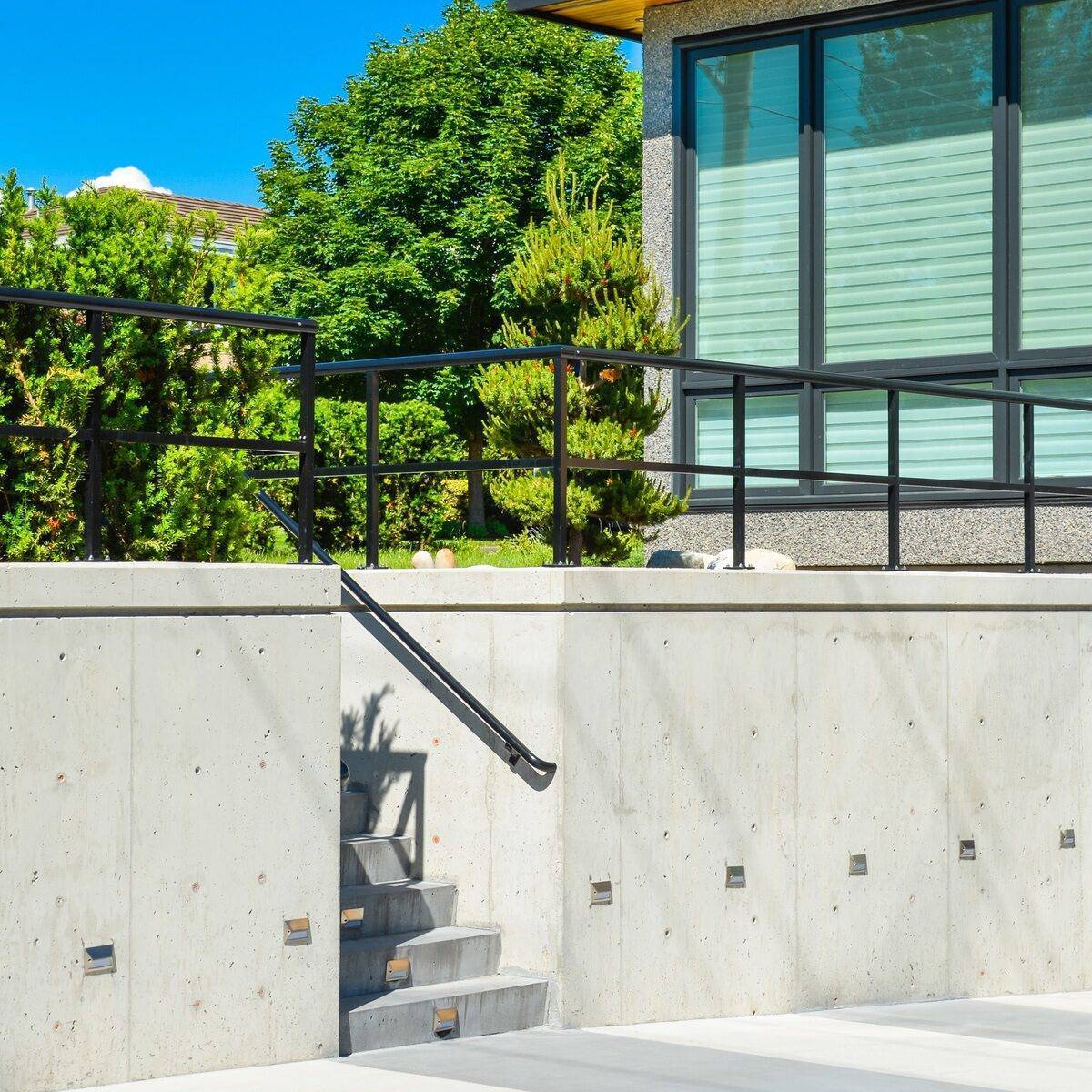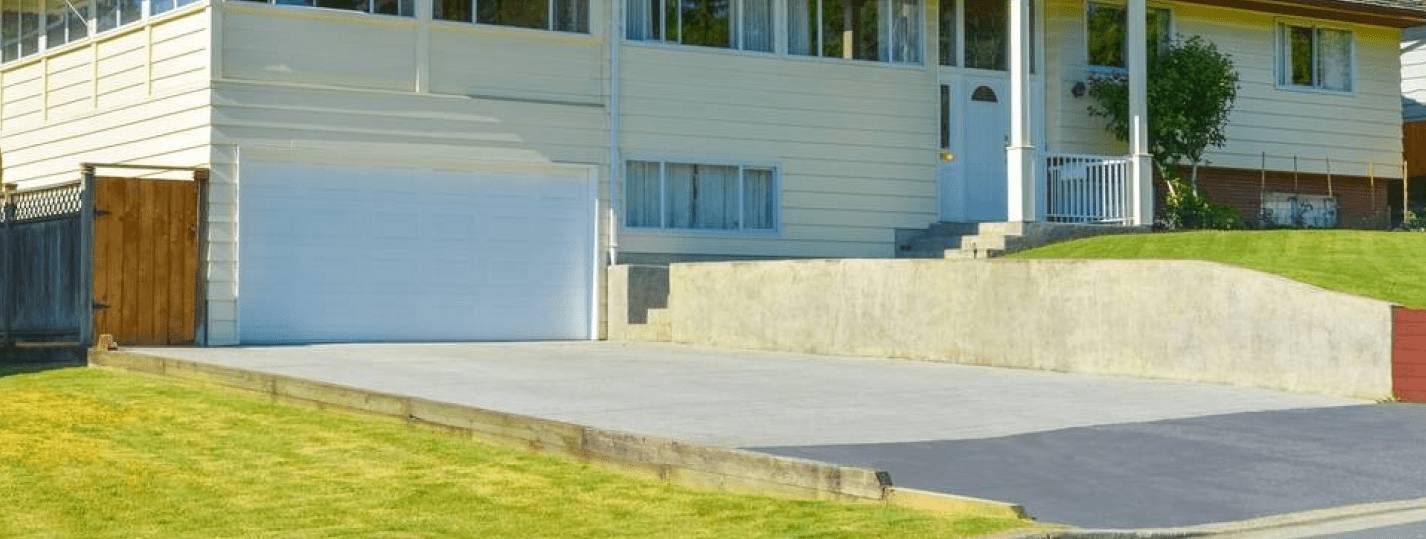
A retaining wall is a structure that holds soil or other material behind it. Retaining walls can be made from many materials, including concrete blocks, poured concrete, treated timbers, rocks, or boulders.
Retaining walls are a great way to improve the appearance of your backyard and can also be used to create usable outdoor spaces in hilly areas. Retaining walls require a fair amount of precise planning and should be built by a professional.
However, if you plan on building a retaining wall yourself, here are five dos and don’ts to help you. If you get stuck along the way or find that it’s become too big of a job, don’t hesitate to contact a professional to finish the job. Your health and safety should be your top priority when undertaking major projects such as building a retaining wall.
The Top 5 Do’s Of Building a Retaining Wall

1. Do consult with a professional
You will want to make sure that you consult with a professional to get the job done right. A professional will be able to
- Determine the best materials and way to build your wall to ensure stability.
- Design and construct your wall, ensuring it is properly engineered and built to last.
- Ensure that everything is done correctly and to code.
Building a concrete retaining wall can be daunting, so it is essential to have someone who knows what they are doing to help you. Many people think building a wall is a straightforward task, but much planning and precision go into the process. Having a concrete professional install your retaining wall is recommended.
2. Do use quality materials
When building a concrete retaining wall, you must use quality materials. This is not the time to cut corners or skimp on quality. Use concrete rated for outdoor use, and ensure your other materials are up to par to ensure wall longevity.
The type of material you use will also depend on the weight of the soil that needs to be retained, the climate, and other environmental factors.
For example, if you are building a retaining wall in an area with freezing temperatures, you will need to use frost-resistant materials. If you are building in a sweltering climate, you will need materials resistant to heat and humidity.
3. Do build your wall on a level, slightly backward slope
You must keep your wall level to keep the wall from becoming uneven and unstable. Concrete retaining walls are less forgiving than other materials. Otherwise, it will not be stable and could collapse. Make sure to use a four-foot level when constructing your wall, and adjust the blocks as necessary to keep them in line.
You also need to ensure your wall has a slight backward lean into the soil, as opposed to standing staring up. If your wall is leaning slightly into the ground behind it, it’s less likely to be pushed out by it over time. You’ll want a lean of one inch per every vertical foot.
4. Do reinforce your wall
Reinforcing your wall with steel rods or other materials will help to add strength and stability. This is especially important if you are building a tall or long wall.
A concrete retaining wall is only as strong as its foundation — if it isn’t solid, it may crack or crumble. Before building your wall, you need to excavate a trench and fill it with crushed rock to avoid costly repairs later.
5. Do allow for expansion joints
As concrete cures, it will expand slightly. This expansion can stress your retaining wall and cause cracks or other damage if not accounted for. Make sure you leave space for expansion joints every few feet to allow for this expansion without damaging your wall.
The Top 5 Don’ts of Building a Retaining Wall
1. Don’t build your wall too tall
One mistake that many people make when building concrete retaining walls is making them too tall. If you are unsure about the height of your wall, err on the side of caution and make it shorter. You should only install a retaining wall that’s at most four feet for do-it-yourself projects. If it is any higher, you should call a professional.
2. Don’t forget about drainage
Plan for adequate drainage before beginning construction on your wall. Otherwise, you run the risk of water damage to your home or your wall collapsing over time due to the added weight of waterlogged soil behind it.
If the wall is built in an area where groundwater is present, it is crucial to install a perforated drainpipe at the base to allow the groundwater to escape. If this is not done, the groundwater can saturate the soil behind the wall, causing it to swell and putting excessive pressure on the wall, possibly even causing it to fail.
3. Don’t just build one wall if you can have multiple
Remember that your wall is only as strong as its weakest link. If you have a steep slope, it may be more stable to break up your one tall wall into multiple shorter ones. If the soil weight is too much for a tall wall, it will fail at its weakest point. By constructing multiple shorter walls, you are distributing the weight more evenly and reducing the likelihood of failure.
4. Don’t pour concrete on frozen ground
Don’t pour concrete on top of frozen ground, causing cracking. Wait until the ground thaws before proceeding. Frozen ground is full of water, solid in winter but will melt in the spring and summer. The water will drain from the bottom, causing sagging, cracks, or collapse.
5. Don’t forget to contact authorities before you dig or build
You need to check with the proper authorities before you start building the foundation of your retaining wall to ensure you don’t hit any utility, drainage, or sewage lines. Call Dig Safe at 811 to let local utility companies know what you’re going to do so they can mark where any buried lines are.
A retaining wall will also change the natural water flow on your property, which could impact your neighbors. Getting a permit and scheduling a property inspection are vital to ensuring everything is safe.
What Are Some Common Mistakes to Avoid When Building Retaining Walls?
When aiming to build stronger retaining walls, avoiding common mistakes is crucial. Firstly, not properly preparing the foundation can lead to instability. Secondly, neglecting to consider the drainage system can result in water buildup, affecting the wall’s strength. Moreover, using incorrect materials or not following building codes can compromise durability. Lastly, overlooking regular maintenance can gradually weaken the wall. To ensure sturdy and long-lasting retaining walls, it is essential to avoid these common mistakes.
Conclusion

As you can see, there is much more to building a retaining wall than meets the eye. You need to plan, measure, and foresee problems properly, or disaster could strike. A small retaining wall is usually doable for a strong DIY person with the right tools and knowledge. Otherwise, call a professional to ensure everything goes smoothly.
Tulsa Concrete Contractor has been building retaining walls in the Tulsa, Oklahoma area for years. They know all the tricks and tips to provide you with the best, safest, and most economical retaining wall possible.
Click below to get a free in-person quote from the retaining wall pros at Tulsa Concrete Contractor.

